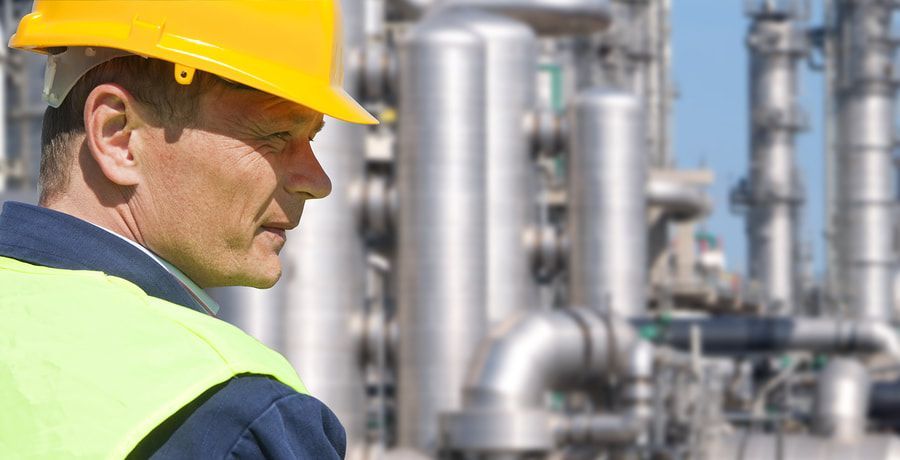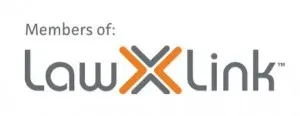Health and Safety for Landlords

The New Health & Safety Legislation
The New Legislation
The Health and Safety at Work Act 2015 (HSWA) is in force from 4 April 2016. The HSWA replaces the duties owed by employers with a broader duty owed by “persons conducting a business or undertaking”. This comes with a new duty to take “reasonably practical steps” to secure workers’ health and safety.
Guidelines have yet to be promulgated for commercial landlords, therefore the general regulations will apply.
What is a PCBU?
The HSWA defines a PCBU as any person or organisation conducting a business or undertaking, whether alone or with others, and whether or not for profit or gain. The HSWA has also defined a ‘workplace’, being a place where work is being carried out, or is customarily carried out.
In the context of a commercial rental, the landlord is conducting a business by renting a building and therefore is a PCBU
The tenant conducting a business in the building would also be a PCBU, so both tenant and landlord have responsibilities under the Act
What duties does a PCBU have?
A PCBU has a responsibility to take ‘reasonably practicable steps’ to ensure the safety of workers and other persons.
This includes taking reasonably practicable steps to ensure:
- The work environment does not pose risks to health and safety
- Safe plant, structures and systems of work are maintained
- There are adequate facilities for workers’ welfare while at work
- All people receive the appropriate information, training, instructions and/or supervision necessary to protect them from health and safety risks
- The health of workers and the conditions at the workplace are monitored so as to prevent workers’ injury or illness.
Practical Steps for Landlords
As a PCBU a landlord should:
- Support a ‘no blame’ culture through dialogue with tenants
- Track health and safety performance, identifying health and safety issues;
- Investigate any incidences (including near misses) and analyse root causes;
- Identify trends from incident reports and statistics and implement responses;
- Ensure contractors’ health and safety;
- Implement and update a health and safety management system;
- Liaise with tenants to develop and operate health & safety plans for each premises, common areas such as entrances and exits and the building overall;
- Comply with all Building Act requirements in respect to seismic strengthening issues.
We have started to amend our leases to reflect these changes.
We recommend that you obtain professional assistance from a recognised provider to assist with these goals.
Peter Twigg
Partner
+64 6 835 8939
peter@langleytwigg.co.nz













